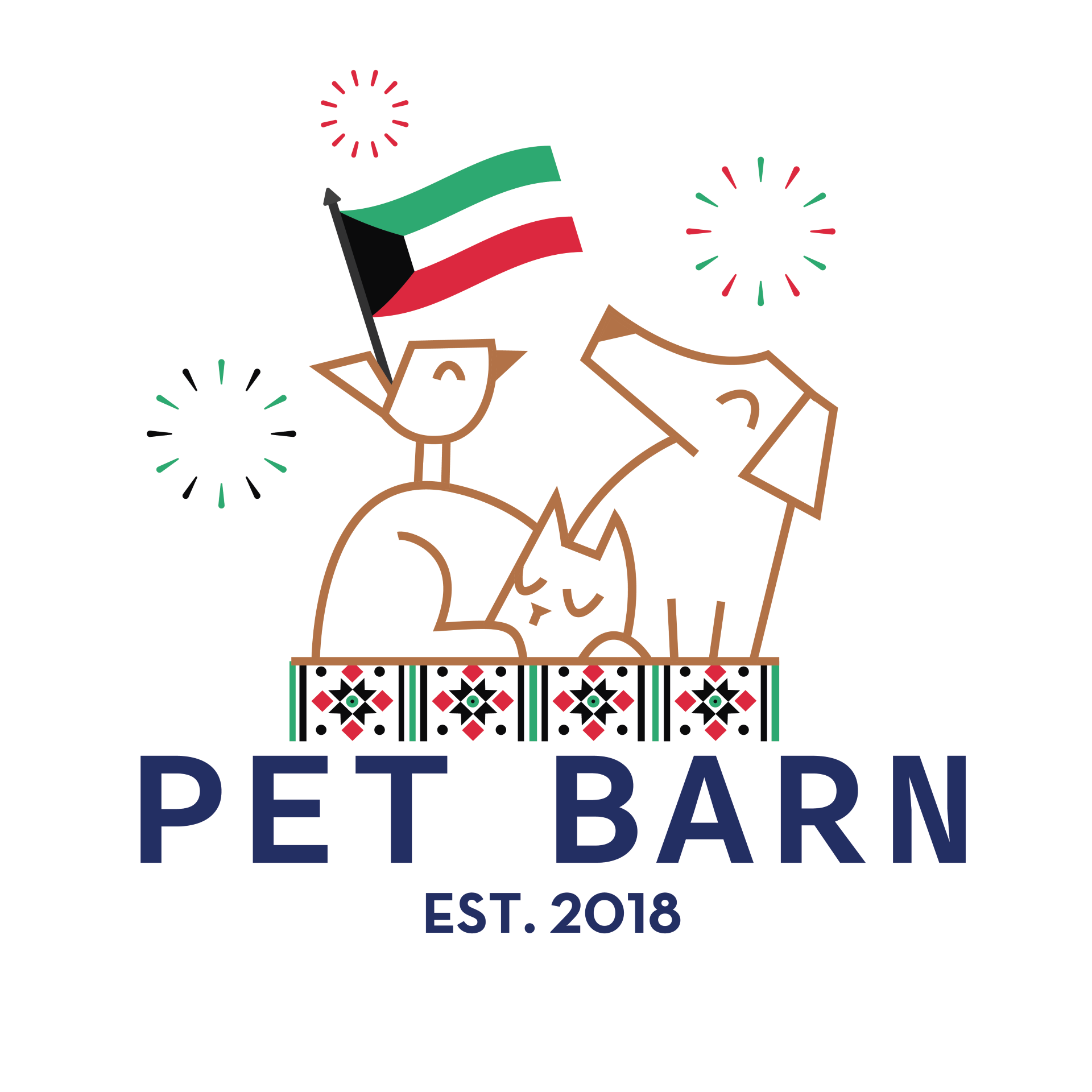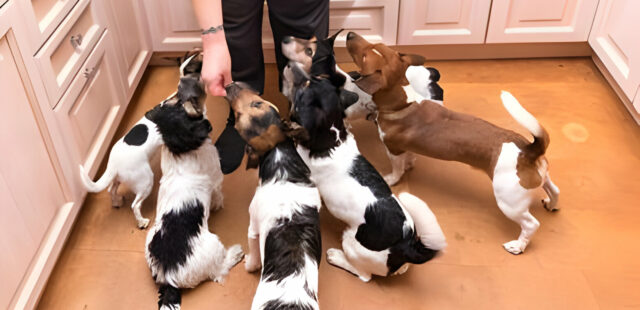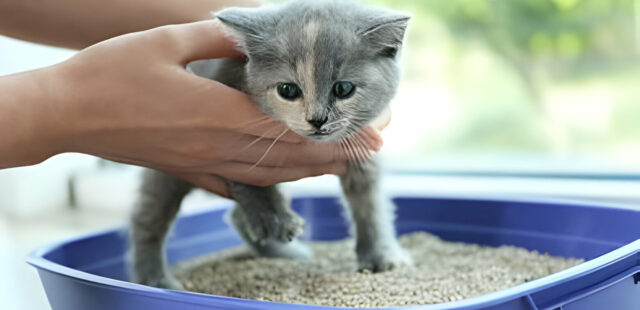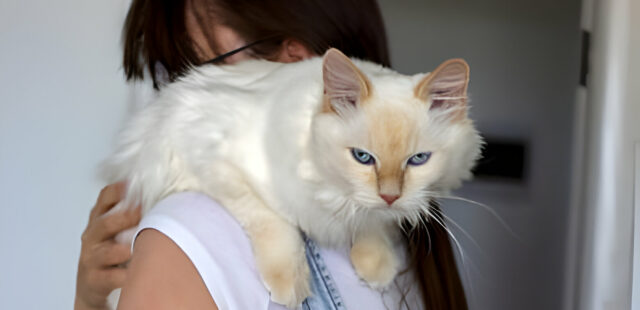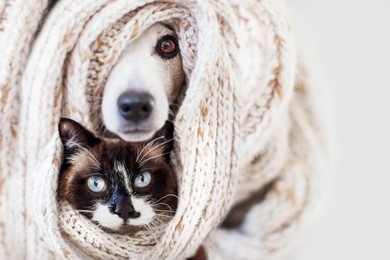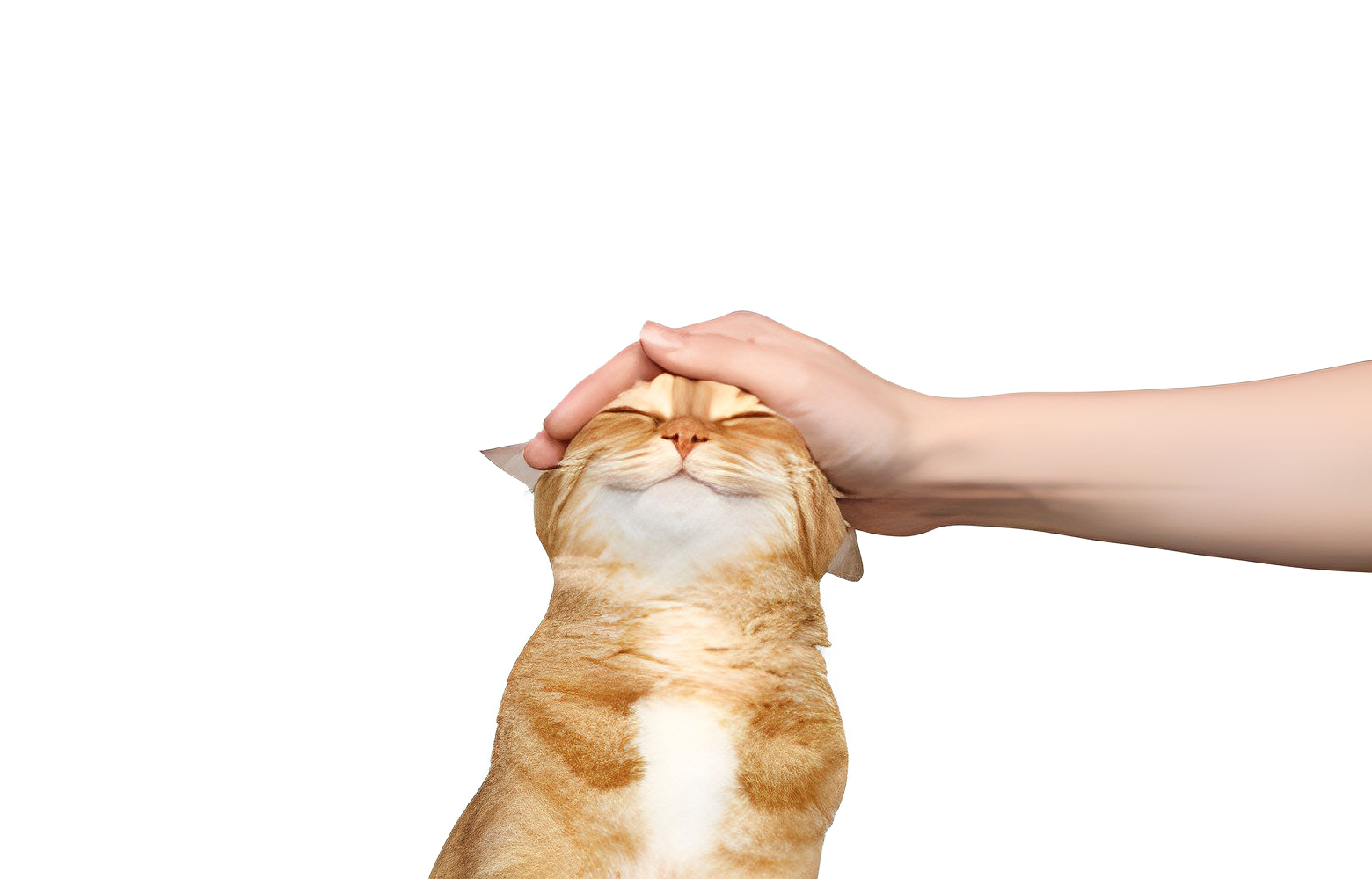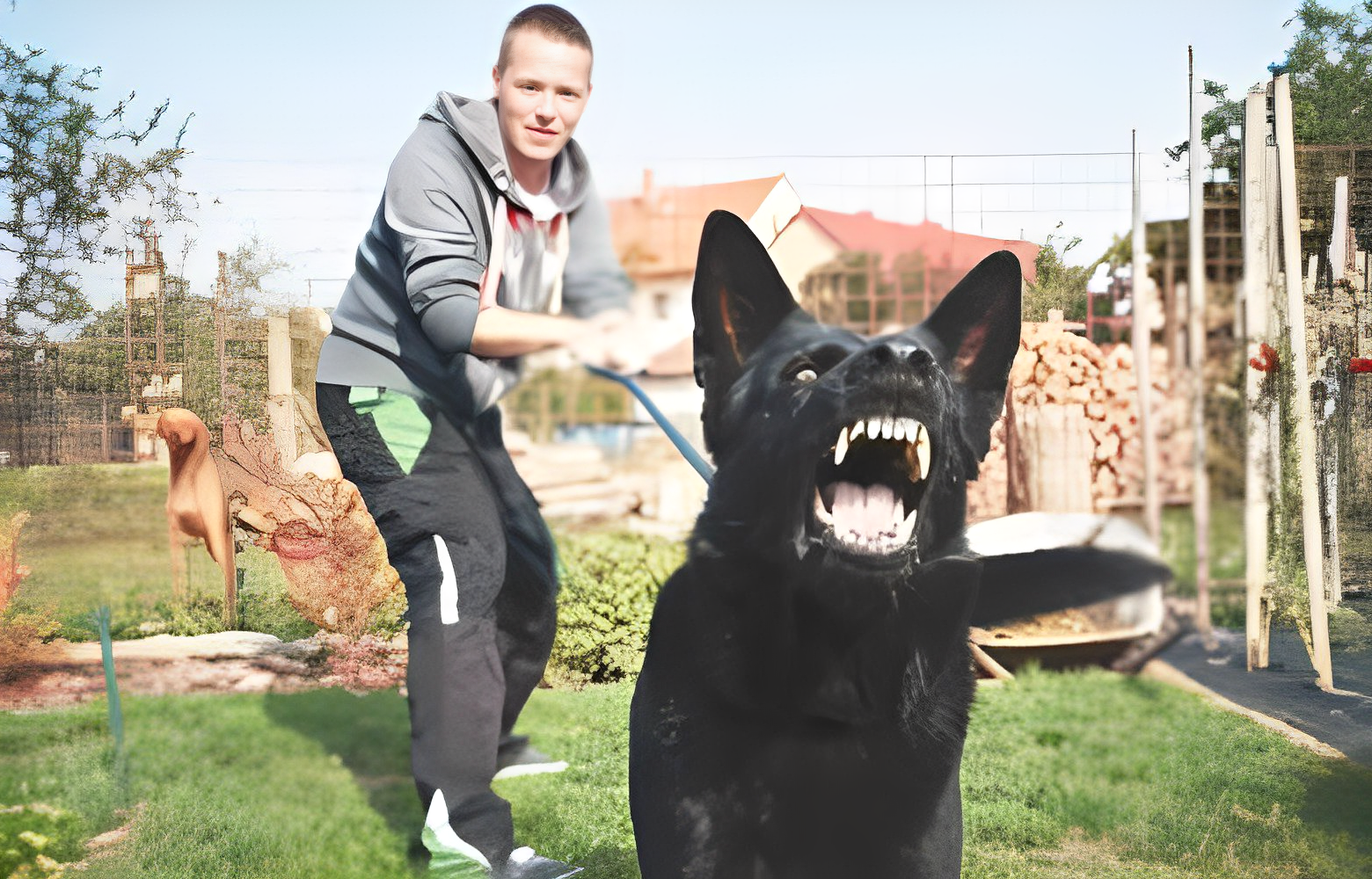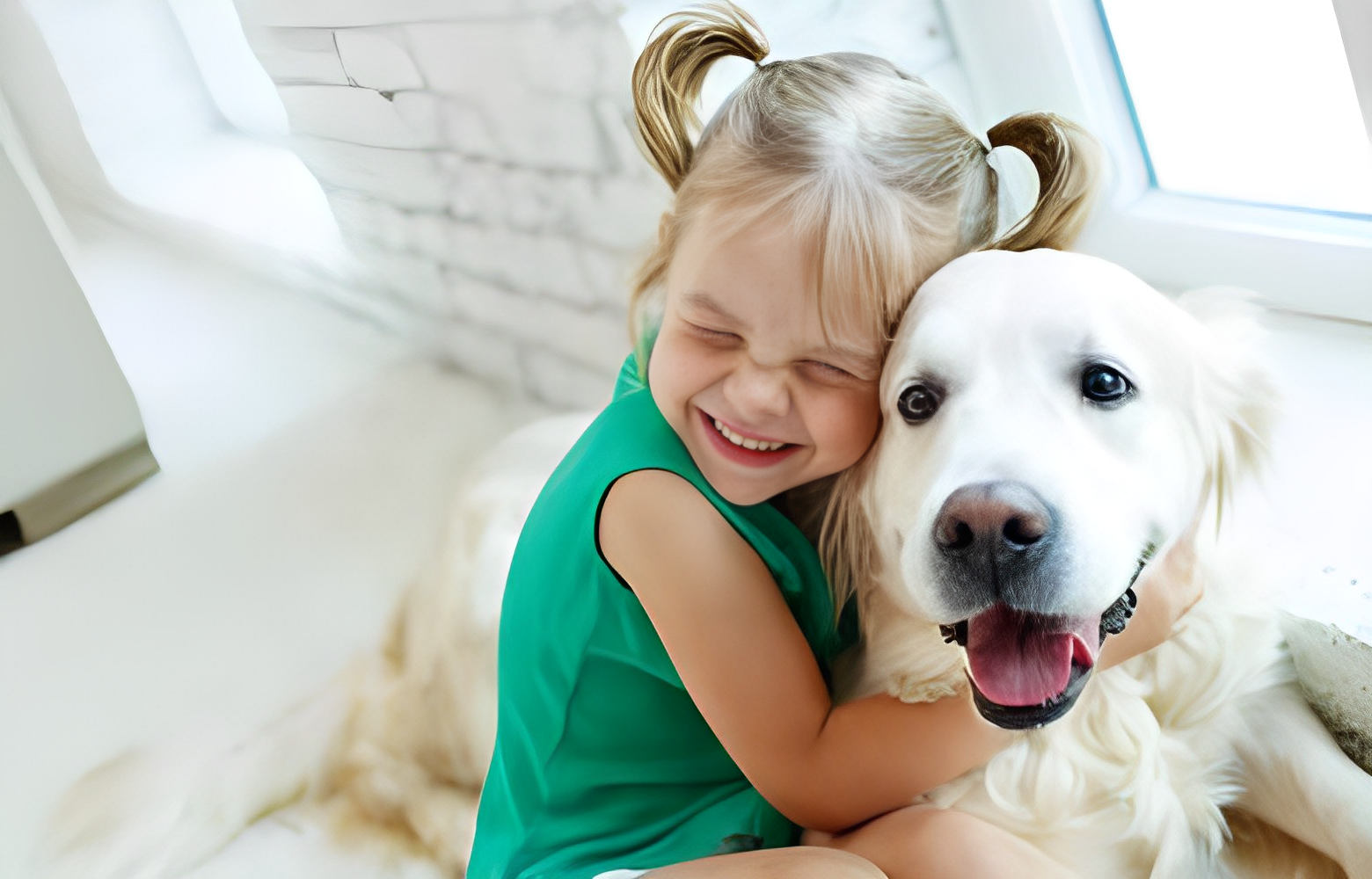As winter settles in with its icy fingers and frosty winds, it’s not just us humans who need to bundle up and take precautions against the cold weather. Our furry companions, too, require special attention and care during the chilly months to stay healthy and happy. Just as we adjust our routines and habits to accommodate the changing seasons, it’s essential to extend the same courtesy to our pets. Here are some comprehensive winter pet care tips to ensure your beloved animal friends remain safe, warm, and content throughout the colder months.
1. Monitor Outdoor Time
While many pets enjoy frolicking in the snow, it’s crucial to limit their time outdoors during harsh weather conditions. Just like humans, animals are susceptible to frostbite and hypothermia, especially on their paws, ears, and noses. Keep outdoor excursions brief, and always wipe your pet’s paws and underside after being outside to remove any ice, salt, or chemicals they might have picked up. Additionally, consider investing in pet-safe ice melts to prevent exposure to harmful substances.
2. Provide Adequate Shelter
If your pet spends a significant amount of time outdoors, ensure they have a warm, dry shelter to retreat to. This could be a cozy doghouse, a sheltered porch, or a well-insulated barn, depending on the animal. Make sure the shelter is elevated off the ground, has proper bedding, and is shielded from drafts. For smaller pets like rabbits or guinea pigs, bring outdoor hutches indoors or provide extra bedding and insulation to protect them from the cold.
3. Dress for the Weather
Certain breeds of dogs and cats, particularly those with short fur or minimal body fat, may benefit from wearing a snug-fitting sweater or jacket when venturing outside. Pet-specific winter clothing can help insulate their bodies and protect them from the cold. Just be sure the garments are comfortable and don’t restrict movement or cause chafing. Consider investing in booties to protect your pet’s paw pads from ice, snow, and salt.
4. Maintain a Healthy Diet
During the winter months, pets may burn more calories to stay warm. Adjust their diet accordingly by feeding them slightly larger portions or choosing a higher-calorie pet food formula. Adequate hydration is also essential, so ensure your pet always has access to fresh water, preferably in a non-metal bowl that won’t freeze as quickly. If your pet’s water tends to freeze quickly, consider using a heated water bowl to keep it liquid.
5. Beware of Antifreeze
Antifreeze, commonly used in automobiles during winter, is highly toxic to pets. Even small amounts can be lethal if ingested. Keep all antifreeze containers tightly sealed and stored out of reach, and promptly clean up any spills or leaks. If you suspect your pet has ingested antifreeze, seek veterinary attention immediately. Additionally, educate yourself on the symptoms of antifreeze poisoning, which include vomiting, seizures, and lethargy.
6. Groom Regularly
Regular grooming is crucial for pets during the winter months. Trim long fur to prevent ice balls from forming between paw pads and brush your pet regularly to remove loose hair and prevent matting. However, be cautious not to over-bathe your pet during winter, as frequent bathing can strip their skin and fur of natural oils, leading to dryness and irritation. Consider using a moisturizing pet shampoo to prevent dry skin.
7. Maintain Exercise Routine
It can be tempting to skip outdoor activities when the weather is unpleasant, but pets still need regular exercise, regardless of the season. Aim for shorter, more frequent walks during the coldest parts of the day and consider indoor activities like fetch or interactive toys to keep your pet mentally stimulated and physically active. If outdoor exercise isn’t feasible, create an indoor obstacle course or schedule playdates with other pets for socialization and exercise.
8. Watch for Signs of Distress
Be vigilant for signs of cold-related health issues in your pet, such as shivering, lethargy, weakness, and pale or discolored skin. If you notice any concerning symptoms, contact your veterinarian promptly. Early intervention can prevent minor issues from escalating into more serious health problems. Keep a close eye on pets with arthritis or other joint issues, as cold weather can exacerbate their symptoms.
9. Create a Cozy Environment
Make your home a warm and inviting sanctuary for your pet during the winter months. Provide plenty of soft bedding in a draft-free area and consider placing extra blankets or heating pads in your pet’s favorite lounging spots. If you use a space heater, ensure it’s pet-safe and inaccessible to curious paws. Consider setting up a cozy corner with blankets and pillows where your pet can snuggle up and feel secure.
10. Be Mindful of Older Pets
Senior pets, as well as those with pre-existing health conditions, are more vulnerable to the cold. Keep a close eye on older pets during winter and consider scheduling a wellness check with your veterinarian to address any age-related concerns. Additionally, provide them with extra warmth and comfort as needed. Consider investing in orthopedic bedding for older pets to provide extra support for achy joints and muscles.
11. Mental Stimulation
Winter can bring about cabin fever for both humans and pets alike. To keep your pet mentally stimulated during the colder months, introduce new toys, puzzles, or interactive games. Consider rotating their toys regularly to keep them engaged and prevent boredom. Additionally, spend quality time with your pet through training sessions or simply cuddling up together on the couch. Mental stimulation is just as important as physical exercise for your pet’s overall well-being.
12. Regular Veterinary Check-ups
Winter is an excellent time to schedule a comprehensive veterinary check-up for your pet. Your veterinarian can assess your pet’s overall health, address any concerns or conditions, and provide recommendations for winter care tailored to your pet’s specific needs. Regular check-ups help ensure that your pet is in optimal health and can catch any potential issues early on.
In conclusion, winter pet care is all about being proactive, attentive, and empathetic to your furry friend’s needs. By following these comprehensive tips and making adjustments to your pet care routine, you can help ensure a safe and enjoyable winter season for both you and your beloved animal companions. After all, a little extra TLC goes a long way in keeping tails wagging and purrs rumbling all winter long. Remember, your pet depends on you to keep them safe and comfortable during the colder months, so prioritize their well-being and enjoy the season together!
